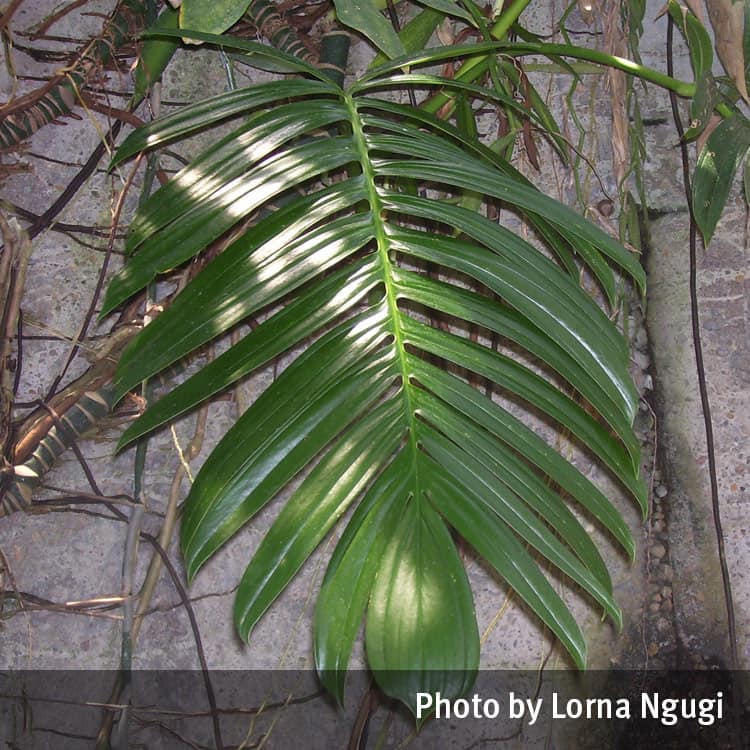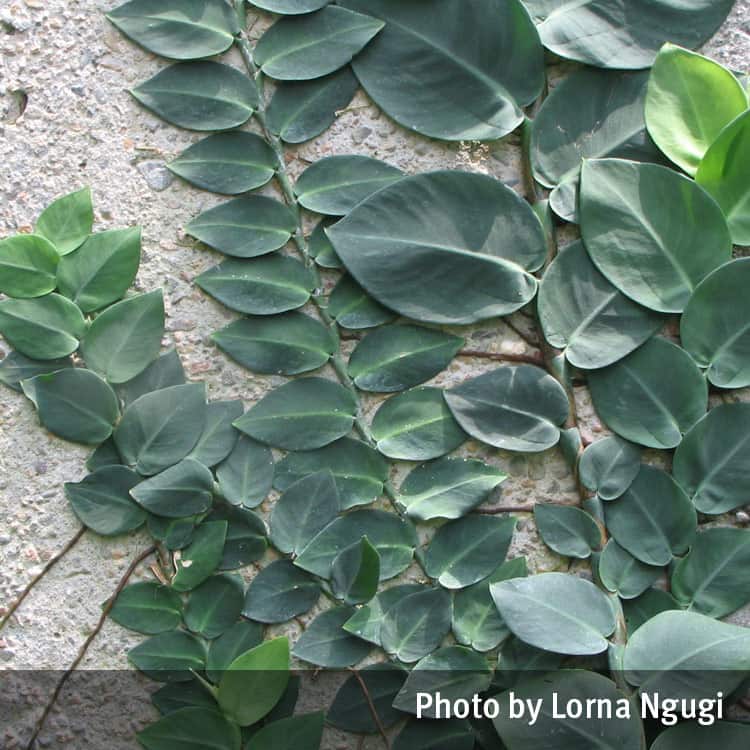Seek urgent medical attention if lips or tongue become swollen or if there is difficulty breathing or swallowing.
Description
Evergreen climbers cultivated for their lush foliage as an indoors or garden specimen, often rooting along the stem.
Flowers are crowded onto a central spike surrounded by a cream to green coloured spathe which gradually falls off after opening to leave a large scar at the base of the spike.
Leaves are glossy, entire or divided depending upon the stage of maturity. Juvenile leaves are small, flattened and shingle-like with small petioles (leaf stalks) and appressed to the growing surface. Mature plants generally have larger leaves, often divided with a longer petiole and the blade hanging free from the growing surface. Leaf shape can vary from broadly ovate, oblong ovate to ovate lanceolate.
Toxicity
Symptoms
All parts of the plant are poisonous. If chewed or eaten, symptoms can include a tingling or burning sensation, followed by swelling of the lips, mouth and tongue. Contact dermatitis may also occur in sensitive individuals.
Images


Details
Common name: Rhaphidophora
Botanical name: Rhaphidophora spp. (syn. Raphidophora spp.)
Other common names: Shingle plant
Family: Araceae
General description: Evergreen climbers cultivated for their lush foliage as an indoors or garden specimen, often rooting along the stem.
Flowers: Flowers are crowded onto a central spike surrounded by a cream to green coloured spathe which gradually falls off after opening to leave a large scar at the base of the spike.
Leaves: Leaves are glossy, entire or divided depending upon the stage of maturity. Juvenile leaves are small, flattened and shingle-like with small petioles (leaf stalks) and appressed to the growing surface. Mature plants generally have larger leaves, often divided with a longer petiole and the blade hanging free from the growing surface. Leaf shape can vary from broadly ovate, oblong ovate to ovate lanceolate.
Fruit/Berries: Fruit is comprised of a sticky pulp on the spike and can vary from dark green, greenish cream to yellow or orange in colour.
Last updated: July 2023